Lunulae are the visible part of your nail matrix and typically carry very little cause for concern
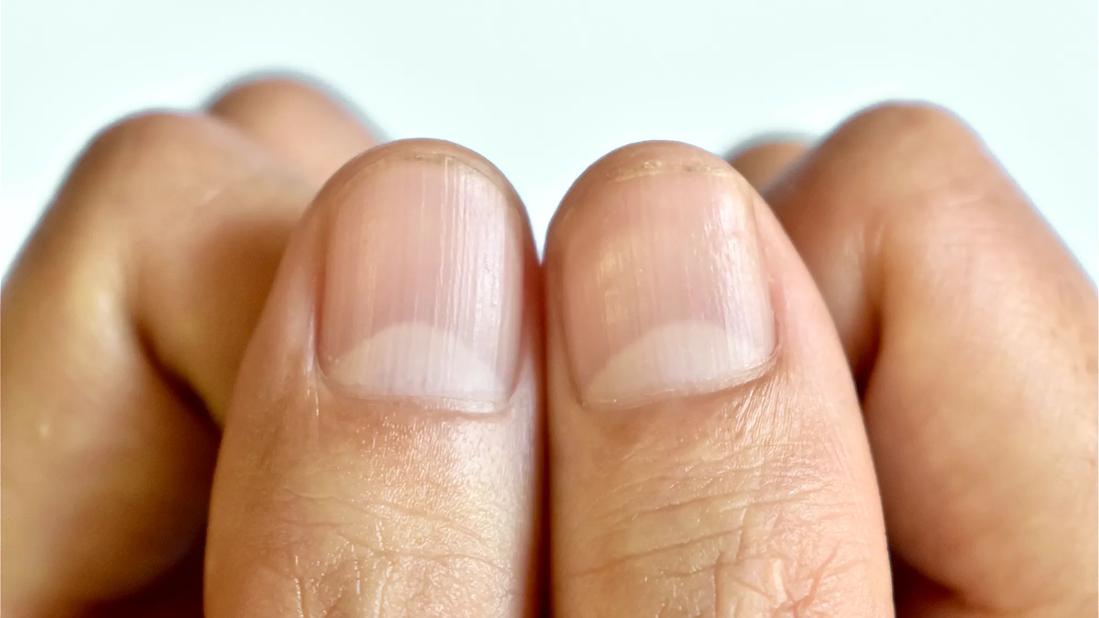
Take a moment to look at your nails. You see those half-moon circles at the base of them? In most cases, they’re not a cause for concern. They’re simply a part of your nail matrix where new nail growth occurs.
Advertisement
Cleveland Clinic is a non-profit academic medical center. Advertising on our site helps support our mission. We do not endorse non-Cleveland Clinic products or services. Policy
But if you ever notice significant changes in their color or size while also dealing with other symptoms, you may need to bring these concerns to a doctor.
Internal medicine physician Manjaree Daw, MD, explains just what those half-moons mean and walks us through some of their characteristics and common changes.
The half-moon circle you see at the base of your nail is called a lunula. Lunulae (plural) tend to look clear or white and can be more prominent on some fingers and less prominent on others. For example, they’re usually larger on your thumb or big toe. They also tend to be more noticeable when we’re young and usually get smaller with age. But in terms of function, they’re simply a visible part of the matrix underneath your nail where new cell growth occurs.
Everyone has lunulae, but they may not always be visible. If you don’t see them, there’s usually no cause for concern, especially if you’re not experiencing any other symptoms. It may just be hidden underneath your cuticle or it may have decreased in size as you got older.
As lunulae exist where the newest nail cells are growing, certain characteristics may occasionally provide clues to your overall health. To understand why this is the case, Dr. Daw compares it to other seemingly innocuous characteristics that pop up whenever your body undergoes other physiological changes.
Advertisement
“People with celiac disease who are allergic to gluten often think of it as just a GI disease that causes an upset stomach. But celiac disease can have extra-intestinal manifestations where it affects your skin and causes blisters,” illustrates Dr. Daw.
On the surface, the blisters may not be noticeably linked to celiac disease unless a person is also dealing with symptoms of a flare-up like gastrointestinal upset or diarrhea. But when looked at together, a doctor may recognize the diagnosis.
“Systemic diseases can manifest in different parts of the body,” she adds. “So, we have to look at everything together in order to make informed decisions.”
“The color of your lunulae comes from what’s deposited by the living tissue in your nail matrix,” explains Dr. Daw. “If you have any toxins running throughout your body, these could get deposited into your nail matrix and affect their appearance.”
Some lunulae colors are occasionally associated with the following conditions:
At face value, these changes in your lunulae might appear concerning. But Dr. Daw cautions not to take these alterations in your nail bed as pure fact unless you’re experiencing symptoms that actually give you cause for concern for those specific conditions.
“These changes are often esoteric [obscure] because you wouldn’t diagnose any disease just from looking at your lunulae,” she clarifies.
In some circumstances, lunulae could decrease in size if you have anemia or are dealing with malnutrition. But like with other conditions, again, Dr. Daw cautions against worrying about these subtle changes unless you have other symptoms that lend themselves to these conditions. This is important to remember, particularly because everyone’s lunulae are different and tend to decrease with age over time.
“If you notice any changes to your body and you’re experiencing symptoms or feel like it’s an important concern, bring those concerns to your physician and ask for an explanation,” advises Dr. Daw.
“It could be something very innocuous and not matter or it could be something more serious. But that’s why we’re here — to guide you toward those answers and provide treatment if it’s necessary.”
Advertisement
Learn more about our editorial process.
Advertisement
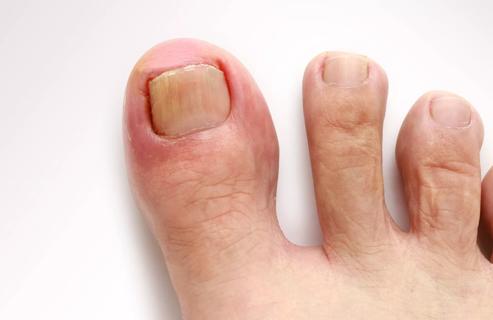
Pain meds, toenail protectors and petrolatum jelly may spare you a trip to a podiatrist
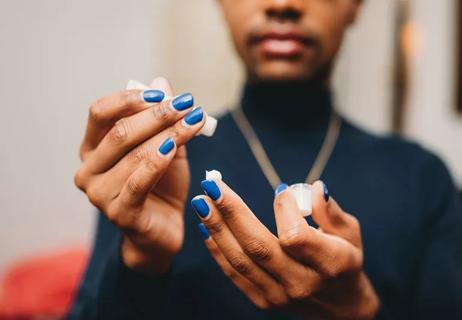
This common problem has plenty of solutions, from supplements to slugging
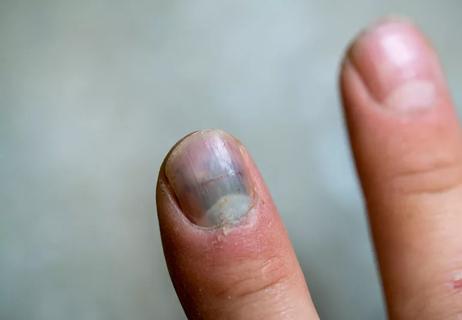
Nail injuries need special care
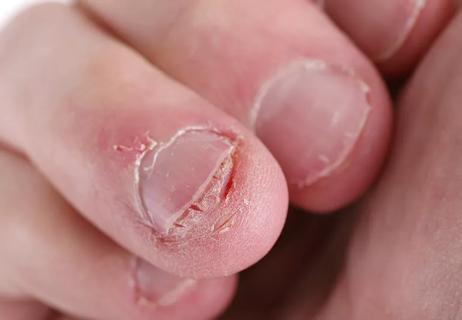
A combination of treatments can help you conquer the compulsion
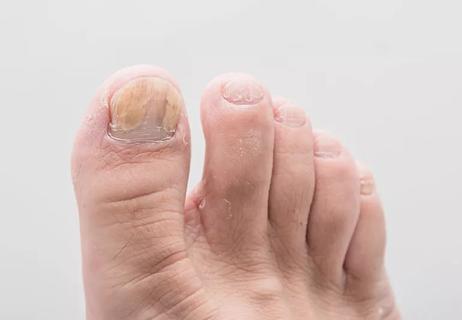
Nail psoriasis and nail fungus have a lot of similarities, but one is a result of an infection and the other is inflammatory
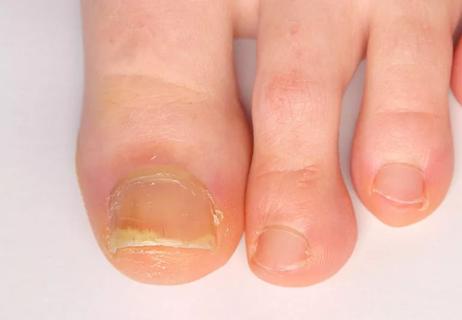
Symptoms of nail psoriasis and how to treat it
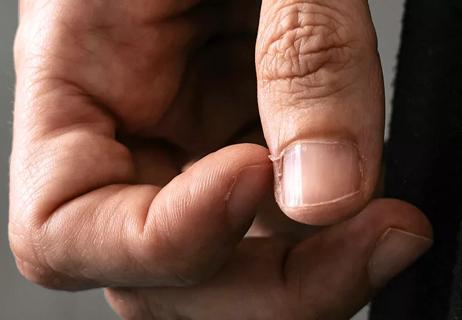
Resist the urge to bite, tear or rip off those little pieces of skin
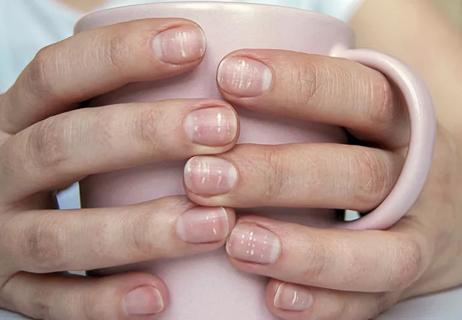
These nail changes could be a sign you had COVID-19

Babies can get congested easily, but you can calm their cough by keeping them hydrated, using nasal drops and running a humidifier

Weight loss may cause loose, sagging skin and muscle loss to your rear

Several conditions, like vitiligo and fungal infection, can cause a loss of pigmentation, leading to white spots or patches on your skin